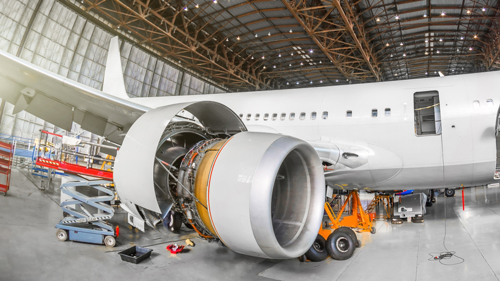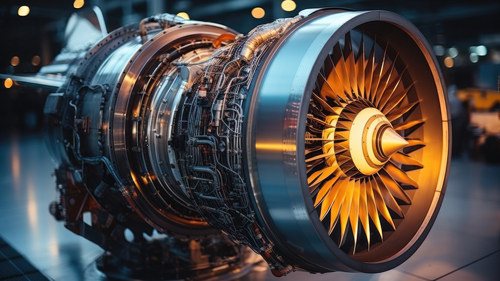In an industry where innovation is the heartbeat, engineering and manufacturing companies must showcase a commitment to cutting-edge technology. This involves not only staying abreast of the latest advancements in materials, propulsion systems, and avionics,but also demonstrating an ability to integrate these technologies seamlessly into their products. The aerospace and defence sector demands a relentless pursuit of excellence, focusing on developing solutions that push the boundaries of what is currently possible.
The world of aviation is constantly upgrading designs as well as incorporating new materials and technologies where possible. At the same time, the current tasks of embracing sustainability and the development of electric-powered aircraft are presenting numerous engineering challenges for OEMs and their suppliers.
Developing key relationships
The partnership between these two players requires the component suppliers to quickly grasp the key points of concern and develop an action plan for the OEM. Initial meetings to discuss potential designs are key to establishing trust between the two parties. Information sharing is essential on both sides to enable the best solution to be achieved quickly.
From the outset, it has to be clear to the OEM that suppliers can solve their problems – there must be confidence that the supplier has the engineering resources and expertise to deliver the solution. In many cases, this requires a new design, and for aerospace sector, this will oftenmean it has to be smaller and lighter than anything that came before it, without compromising on quality, performance or reliability.
Regardless of the precise requirements of a project, it is essential to have excellent organisational skills and the creativity to discover the best solution. The exact solution might not be established first time, but having a robust development plan and following through from testing will enable the project aims to be achieved.
Improvement through retrofit
One of the major current trends in aerospace engineering is the move from hydraulic control to electro-mechanical movement. This removes the need for hydraulic pumps, oil reservoirs, hoses and pipework. These are being replaced with servos, electric actuators and cable controls - all of which reduce the weight of an aircraft.
Existing aircraft are being retrofitted and upgraded with new equipment too, which presents another challenge to the component suppliers. Any replacements must fit within the envelope vacated by the legacy equipment, as well as delivering the additional benefits of low weight and improved reliability.

At the same time, several OEMs are investing heavily in electric vertical take-off and landing (EVTOL) aircraft and each design has unique requirements for its components. Clearly there are common characteristics, such as lightweight, compact parts, but the exact form and function will vary considerably between manufacturers.
Even focusing on one aircraft, each component will go through a lengthy development process as various factors change in the overall design. Even when using the latest 3D CAD and virtual imaging technologies to assess the interactions between components, changes will still be required. As soon as a physical prototype is created, the project moves to another level, but refinement continues.
Perfection through testing
Throughout this process, the component manufacturers need to have the resources and enthusiasm to stay the course. Working in partnership with the OEM is essential to reaching the end goal and delivering the exact part to the required quality and safety standards.
One of the most important stages is physical testing of the prototypes. At this point they will be tested to limits above and beyond their normal operating parameters, sometimes to destruction. In this way, OEMs can have the required level of confidence in a design to move to the final stages of the project.

Formsprag, a brand of Regal Rexnord, has an exceptional history of designing and manufacturing components for aerospace applications. Famous for cutting-edge clutches and brakes, the company also supplies sprag retainer assemblies to 80% of the world’s helicopters – a crucial safety component that enables the aircraft to auto-rotate in the event of engine failure.
Beyond this expertise, the wider community of expert manufacturers within Regal Rexnord’s Aerospace Solutions group has a broad portfolio of complementary components and solutions that include bearings, seals, gears, electric motors, resolvers, and ball screws. Aerospace industry specialists can draw on the wide range of engineering experts and group products to create innovative solutions tailored for specific aerospace needs.
To learn more about Regal Rexnord -https://www.regalrexnord.com/?utm_source=publisher&utm_medium=aerospace&utm_campaign=areospace&utm_id=61&utm_content=areospace+spotlight











